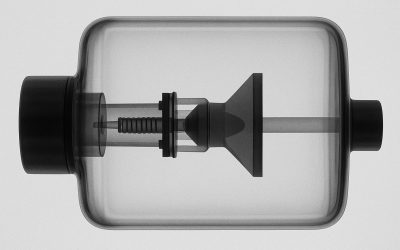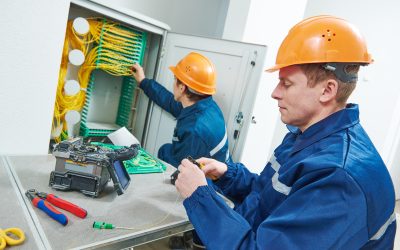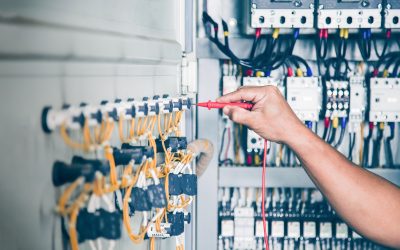If you know anything about electrical power, you know that transformers have the ability to raise or lower voltage. This is an important task for so many kinds of appliances and electrical applications these days. However, when it comes to commercial power, there is a big difference between standard transformers and an industrial control transformer. Let’s take a closer look at the two and explore their similarities and differences.
What is a Transformer?
When you need to use electrical power at a business or home, this power does not come to you “ready to use”. In order to transmit power over long distances, it is generated at about 14,000 volts. This high voltage electricity may go through relay stations and then to transformers close to your home or place of business. However, in order to make it usable, the voltage must be stepped down considerably and this is done with transformers.
Transformers contain two separate coils of wire in close proximity. Suppose one coil has 1000 ampere turns (windings) on the input and the other coil has 500 ampere turns (output). Now suppose there is 1000 volts of electricity entering the unit. When it leaves there will be 500 volts of power. In other words, the difference in the amount of windings in the coils affects voltage proportionally. It’s important to remember that each phase of power must undergo this process (three phase operations require multiple transformers). This is basically how standard transformers work and they can be used to boost voltage as well as reduce it.
Industrial Control Transformer
So what is the difference between standard and control transformers? In an industrial control circuit, components like contactors, timers and solenoids can create a great deal of inrush current. In fact, when several components are operating at once, they can use as much as 20 times the full load line current for a short amount of time. This is simply too much for standard transformers to handle. Control transformers regulate current to allow for large fluctuations in control circuits.
Industrial Control Transformer Selection
There are three factors one should consider when selecting a control transformer:
- Sealed volt-amperes – total VA the unit must provide over the operating period.
- Inrush volt-amperes – VA requirements during the short periods of extreme current usage. This is the critical moments when current levels may be 10 times or more, greater than normal.
- Power factor – refers to the inrush load and can be hard to figure without a detailed analysis. This is why it’s best to consult with professional electrical equipment sources for professional advice on choosing supplies for your business.








